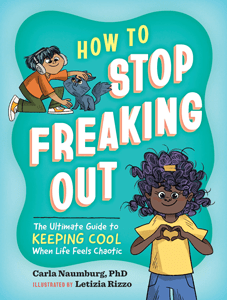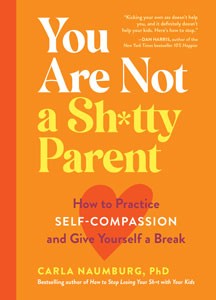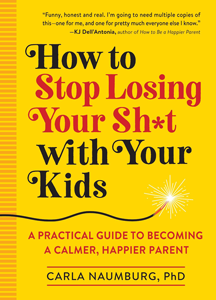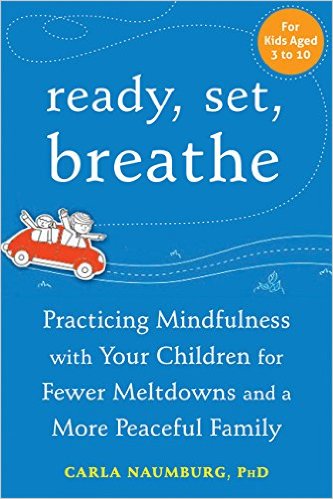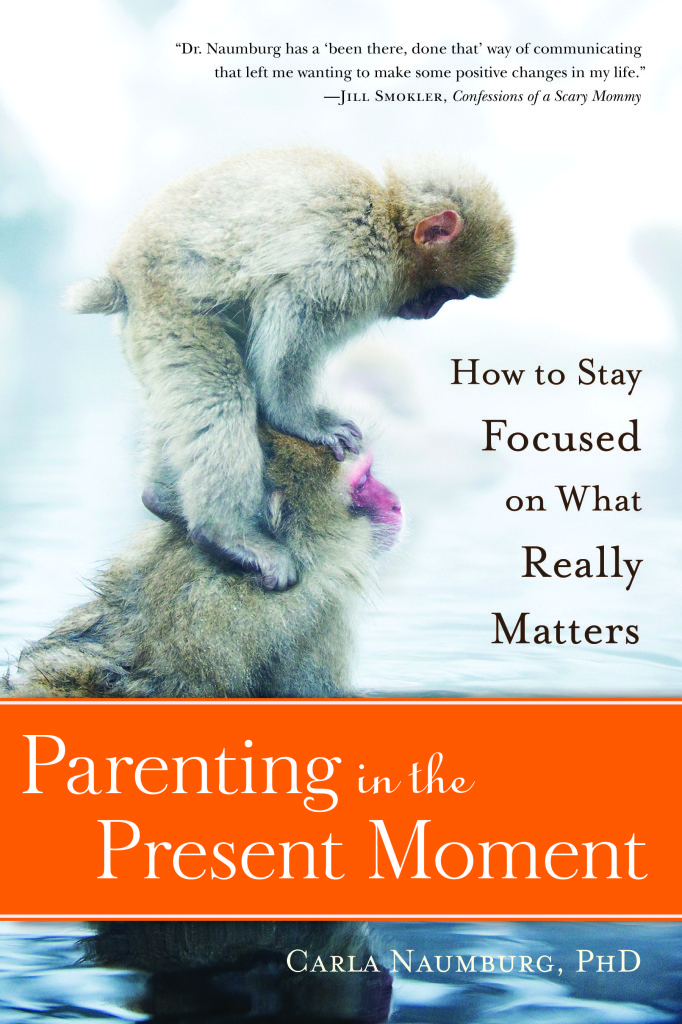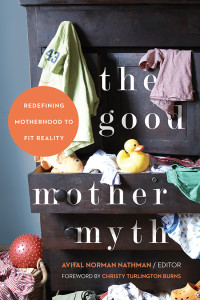Welcome to part 5 of my series on the definition of mindfulness: setting an intention to pay attention in the present moment, with kindness and curiosity, so we can then choose our next action or behavior.
In past recent posts, we’ve chosen to pay attention to the present moment, and we’ve arrived at the present moment. But it doesn’t stop there.
Um, yeah. Sorry to burst your bubble, folks, but not so much.
Generally speaking, our present moment experience will be some version of good, bad, or neither. (I think the technical term for that neither space is “meh.”) And no matter how awesome, awful, or completely uninteresting our reality is, our brains will judge whatever is happening and wish it was different.
It’s easy to see how we might judge a bad moment: we want it to end, or at the very least, we want it to be less irritating or painful or confusing or whatever. But our ever-thinking minds don’t stop there. Even if our experience is good, it could always be better, or last longer, or it definitely needs an Instagram filter to brighten those colors and really highlight the beauty of the moment. And of course, a boring moment could always be more interesting.
The minute we start doing all of this thinking and wishing, we’re actually removing ourselves from the present, which is the very place we’re trying to be. When that happens, we miss the good stuff, avoid dealing with the difficult stuff, and get so caught up in our own thoughts that we can’t see what’s right in front of us.
So, what are we supposed to do instead? Well, if you want to stay in the present moment, here are three easy options: Breathe, be kind, or get curious.
Noticing your breath is always a good choice when you don’t know what to do and need to get some space from, and perspective on, your thoughts and feelings. Sometimes you have to notice your breathing 10 times in a minute (or more), but that’s ok. That’s the practice.
The next option is kindness. No matter what is happening, we can be kind to ourselves in response. We can notice our impulses to check out, freak out, stress out, or berate ourselves, and we can choose instead to remind ourselves that life is hard. It’s hard for everyone, and we are doing the best we can. Tomorrow is another day, another chance to get it right.
If you’re having trouble imagining what it might look, sound, or feel like to be kind to yourself, think about what you might say to a friend who is having a hard time. Perhaps you would make her a cup of tea, and sit quietly on the couch for a few minutes, reminding her that this too shall pass. (It might pass like a damn kidney stone, but it will pass.) Those small kindnesses are a great place to start and can make it much easier to stay in the present moment, whatever that looks like.
A third option for staying in the present moment is to get curious about it. Here are some of the questions you can ask yourself:
- What is going on for me? What am I feeling? What am I thinking? What is happening in my body?
- What do I need right now? Have I eaten lately? Did I sleep last night? Am I stressed about something?
- What is going for my kids? What might they be thinking or feeling? Are they hungry? Are they getting sick?
- What do they need right now?
- What can we all do to take care of ourselves?
When we are curious about our own experience, we’re not just staying in the present moment, we’re actively exploring it. This sort of interested attitude gives us more clarity on what is actually happening and just what to do about it. I can’t tell you how many times I lose my temper with my kids only to realize after the fact that I haven’t eaten in six hours, and the real problem is that I am hangry. When that happens, I won’t get calm until I’ve eaten, no matter how well-behaved my children may be. Getting curious about how I’m feeling and noticing my hunger is the first step to turning things around.
Curiosity also has a secret power: you can’t be curious and angry at the same time. Curiosity and anger come from different parts of our brains, and they can’t be activated at the same time. So, if you’re trying to pull yourself or your child out of a tantrum or meltdown, curiosity might just be the trick. (You can read more about how to do this and other mindfulness practices for kids in my second book, Ready, Set, Breathe: Practicing Mindfulness with Your Children for Fewer Meltdowns and a More Peaceful Family.)
In my next post, we’ll explore the pot of gold at the end of the mindful parenting rainbow – the ability to thoughtfully and intentionally choose your next behavior or action.
Want more Mindful Parenting? Follow me on Facebook or Twitter, or sign up for my infrequent and not-at-all annoying newsletter.
This post was originally published on my PsychCentral Mindful Parenting blog.

